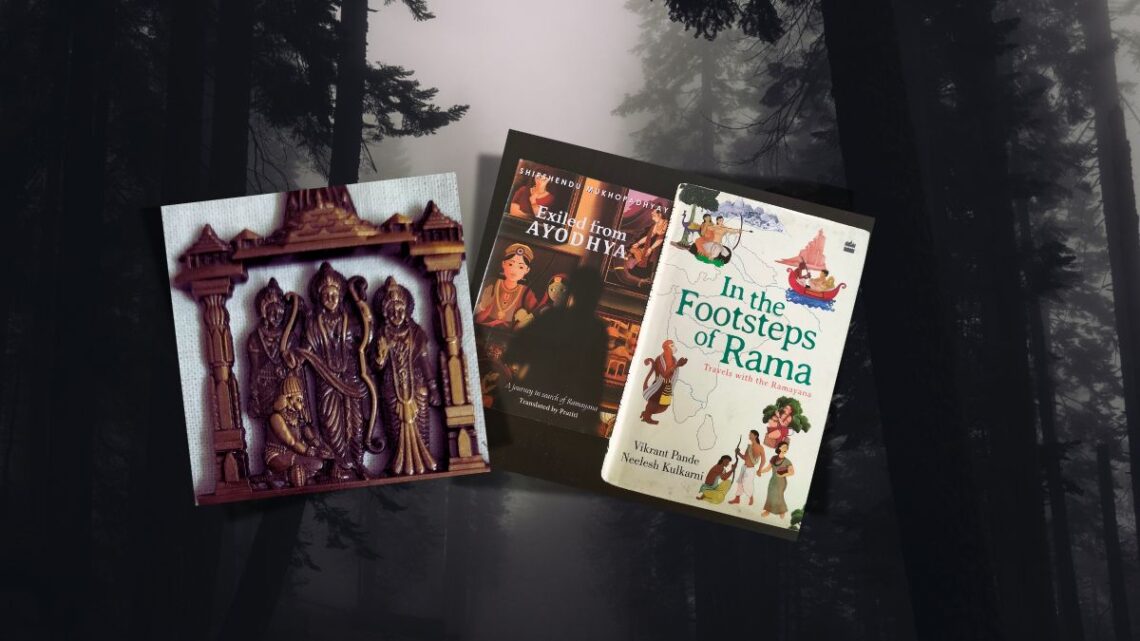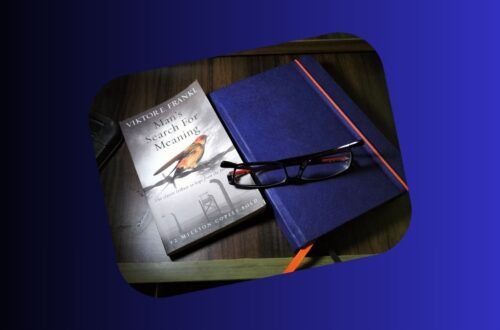
Travel to places in Ramayana: two travelogues one path
Book I: Exiled from Ayodhya
Author: Shirshendu Mukhopadhyay
My Rating (* have a look at my rating scale here): 3.6/5
Book II: In the footsteps of Rama
Authors: Vikrant Pande & Neelesh Kulkarni
My Rating (* have a look at my rating scale here): 4.5/5
What these books are about?
Two travelogues basically on the same broad theme of traveling to the places mentioned in the great Indian epic Ramayana. Interestingly, the name ‘Ramayana’ is derived from ‘Ram’ and ‘Ayana’ that together means ‘Ram’s Journey’. At some point of time we all have wondered whether Ram existed? Are Ayodhya and other places mentioned in the epic same as the present day places with the same names? We all have grown up reading, hearing or watching stories revolving around this immortal epic. There are multiple versions of Ramayana, not only popular in India but also in the neighbouring countries of southeast Asia.
I could not trace exactly when these travels were done by the authors. Shirshendu Mukhopadhyay’s travel was possibly in 1981. In one place he mentions that while he was in Prayag (one of the places mentioned in Ramayana), he read in papers about the death of a Bengali musician, composer, lyricist and singer- Nirmalendu Chaowdhury (died in 1981). He was so grief-stricken that he proceeded to Chitrakoot (another important place in Ramayana) the very next day. The other travelogue by Vikrant Pande & Neelesh Kulkarni mentions heavy rains of July and August in 2019 and replanning the second part of the trip, which they call ‘In search of Sita’.
My thoughts on these travelogues to places in Ramayana:
Both the travelogues are very engrossing. Although written almost 4 decades apart, both of them captures the simplicity of villages and small towns of India. Also, both muses about the pettiness of human nature alike. I suggest reading ‘Exiled from Ayodhya’ first. Originally written in Bengali as “Shei bonobasher pothe” (loosely translated as that way to forest), Shirshendu Mukhopadhyay covered Sri Rama’s path from Ayodhya to Chitrakoot.
Vikrant Pande & Neelesh Kulkarni covered the entire Ramayana trail from Ayaodhya to Sri Lanka and back. The travelogue ‘In the Footsteps of Rama’ is interspersed with anecdotes from Ramayana some which are well-known and some are folk legends or fables from each of the places they visited.
No one can say if Ramayana is a myth or a description of true events, but one thing is certain that the Sage Valmiki– who wrote Ramayana- knew the geography of the region well. This is discussed by Shirshendu Mukhopadhyay, who quotes another writer Ramapada Choudhury and says “But why wouldn’t he know, after all Valmiki was originally a dacoit (named Ratnakar, who after renouncing the evil, became Valmiki), and dacoits know their way around well”.
Both the books also quote and discusses ‘Goswami Tulsidas’ at length. Tulsidas-an ardent devotee of Rama- told his version of Ramayana in a colloquial Avadhi language. This version the ‘Ram Charit Manas’ being simple and easy to understand connected so well with the masses that it became an integral part of every Hindu household at least in the northern India.
Some more musings…
Another interesting thing that I realized while reading the two books was that how certain things remain unchanged while others evolve with time and how meticulously the archeologists work to decipher the distant past. When Vikrant Pande & Neelesh Kulkarni describe ‘Sringaverapura’ -the kingdom of Nishad king, from where Ram crossed the Ganga river and proceeded on his exile- they talk of a small town ‘buzzing with activity’. While, almost 40 years back when Shirshendu Mukhopadhyay first saw the place, he thought of it as an abandoned town. Though, later he admits that it was not the case.
Vikrant Pande & Neelesh Kulkarni also describes an ancient water harvesting system excavated at Sringaverapura by Archeological survey of India. Interestingly, Shirshendu Mukhopadhyay describes the same place forty years ago, when those excavations were going on. More about these excavations here.
“Quote-Unquote”
It is said that ‘traveling enlightens you’ and that is what I realized when I read both the travelogues. In both the cases, at the end of their travels the authors felt this change within themselves.
“The Ramayana has long been bombarded with connotations of symbolism, allusions, fiction and imagination. May be Ram existed, maybe not, who can say anything about the past? But he definitely exists now, indisputably so.” – Exiled from Ayodhya
“The foundations of human society are built not just on the economy but also in its character- a character that politics has never bestowed on Indians.” – Exiled from Ayodhya
“The definition of ‘maryada’, or rightful conduct, has always resonated in the minds of men, and hence, the story has been appropriated by many over time. Each retelling has focused on what is most relevant to the listener at that point of time, changing certain parts of narrative or adding to it portions derived from local tradition, customs or beliefs. This assimilative tendency is again typical of Hinduism and is most apparent in the case of this particular epic. – In the footsteps of Rama
“This multiplicity of narratives is not a weakness but the strength of the story of Rama. There is a sense of futility in trying to homogenize such a narrative.” – In the footsteps of Rama





